In 1981, scientists discovered one of the thinnest portions of the Earth’s crust — a 1-mile (1.6 kilometers) thick, earthquake-prone spot under the Atlantic Ocean where the American and African continents connect. In April-May, 2023, researchers on the scientific drilling ship JOIDES Resolution completed drilling to reach the Mantle.
The physical challenges of drilling to the mantle werey daunting. Scientists went through one of the thinnest possible section of the crust on the ocean bottom, going through about 1400 to 1700 meters of rock. The deeper you drill into the Earth, then there is more extreme temperatures and pressures. Going through the thinner area the temperatures were only about 220 celsius versus over 538 degrees Celsius in almost all other areas. The pressures are as much as 4 million pounds per square foot in the vicinity of the mantle.
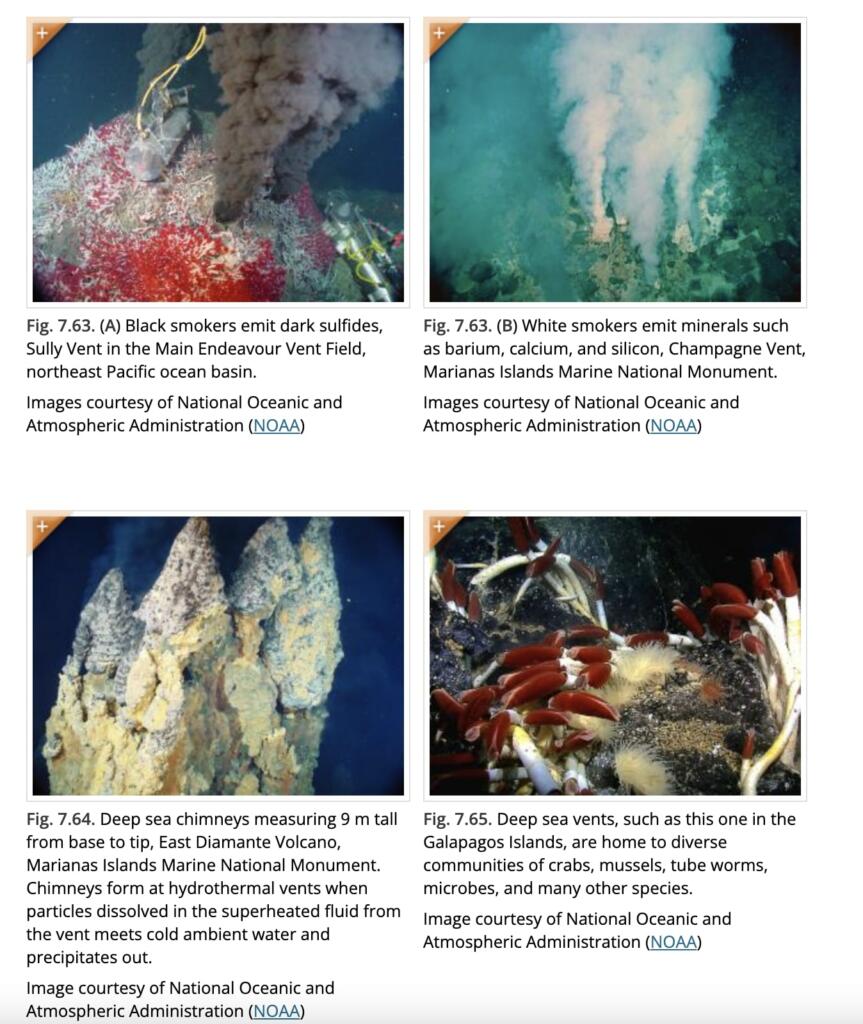
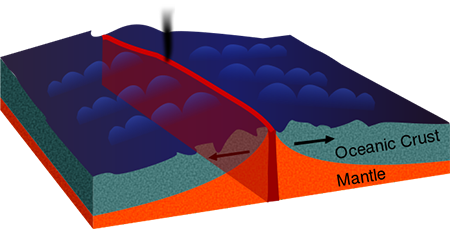
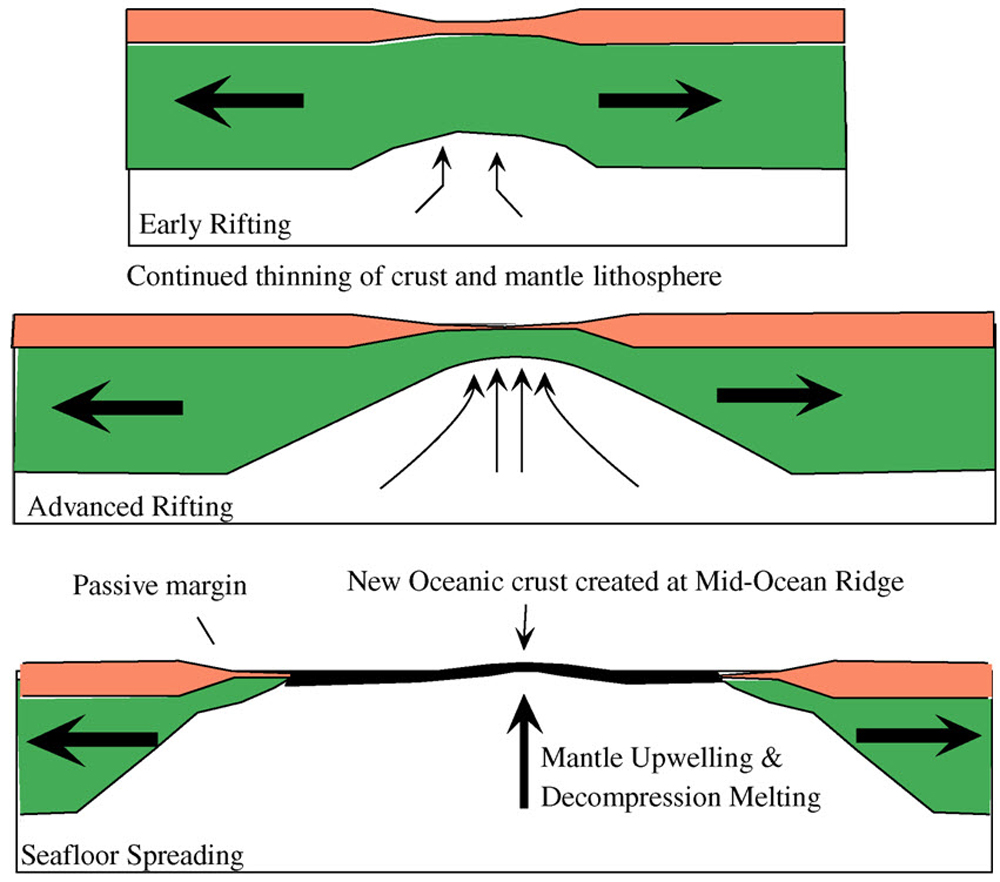
Why is the oceanic crust thinner?
Oceanic crust is thinner than continental crust because its composition is denser. Because oceanic crust is denser, it will get subducted beneath continental crust during collisions of plates. The continental crust gets squeezed, thickened, and uplifted at convergent boundaries, forming mountain ranges occasionally volcanoes. Oceanic crust never experiences any thickening because it is always the one getting subducted back into the mantle.
Is the oceanic crust made of younger rocks?
The oceanic crust is made of younger rocks than continental crust. This is because oceanic crust is created at mid-ocean ridges. When plates collide, oceanic crust will be subducted under continental crust, recycling it back into the mantle. Therefore, oceanic crust never gets to age as much as continental crust, which almost never gets subducted and destroyed. The oldest oceanic crust is ~340 million years old. The oldest continental crust is 4.4 billion years old.
Fast and Slow Spreading Ocean Crust
The thickness of the crust created at ocean spreading centers depends on the spreading rate and melt production in the mantle. It is ∼5–8 km for a crust formed at slow and fast spreading centers and 2–4 km at ultra-slow spreading centers away from hotspots and mantle anomalies. The crust is generally thin at the fracture zones and thick beneath hotspots and large igneous provinces. The crust generated at the fast Wharton spreading center 55–58 million years ago using seismic reflection and refraction data. The crust over a 200 km segment of the Wharton Basin is only 3.5–4.5 km thick, the thinnest crust ever observed in a fast spreading environment. A thin crust could be produced by the presence of depleted and/or cold mantle. Numerical simulations and recent laboratory experiments studying the impact of a hot plume under a lithosphere show that a curtain of weak cold downwellings of depleted mantle material is likely to develop around the edges of the hot plume pond. Because of a strongly temperature-dependent viscosity of lithospheric material, the hotter, therefore less viscous, bottom of the lithosphere can be mobilized by an impinging plume. If sampled by a spreading center, the locally cold and depleted mantle should result in low production of melt. The observed thin crust in the Wharton Basin is likely to have been formed by the interaction between the Kerguelen mantle plume and the Wharton spreading center ∼55 million years ago.
Geophysical characteristics of the ultraslow spreading Gakkel Ridge, Arctic Ocean
The crustal thickness along the Gakkel Ridge varies greatly. Beneath some of the centers of focused magmatism, the oceanic crust thickens up to 3.5 km. In the amagmatic segments in between the crust thins to 1.4–2.9 km. This observation is also valid for the Western Volcanic Zone west of 3°30′E, where despite the stronger magnetic anomaly the crust does not significantly thicken. The strength of the magnetic anomaly along the rift valley is thus not a reliable indicator of crustal thickness beneath the Gakkel Ridge. The data show that the crustal thickness does not change dramatically across 3°30′E. Only the occurrence of a large elongate volcanic ridge significantly influences this parameter.
Oceanic layer 3 is completely missing along the investigated part of the Gakkel Ridge. Consistent with this, only very few Gabbros were dredged on the flanks of the ridge. The variations of seismic velocities in the uppermost layer are related to a non‐uniform thickness – or even an absence – of basalts at the seafloor. This raises questions about the composition of the layers underneath. Researchers proposed that below at least three stations (161, 211 and 221‐east) and most likely also station 151, no ‘normal’ oceanic crust exists. Here, upper mantle material is exposed at the seafloor. The lower velocities can be explained by alteration or weathering of the peridotites. At other stations, which are also modelled with very low seismic velocities, the crust may consist of altered basalts. At these localities, magmatic activity was high enough to produce a thicker basalt cover than that for example, in the SMZ.
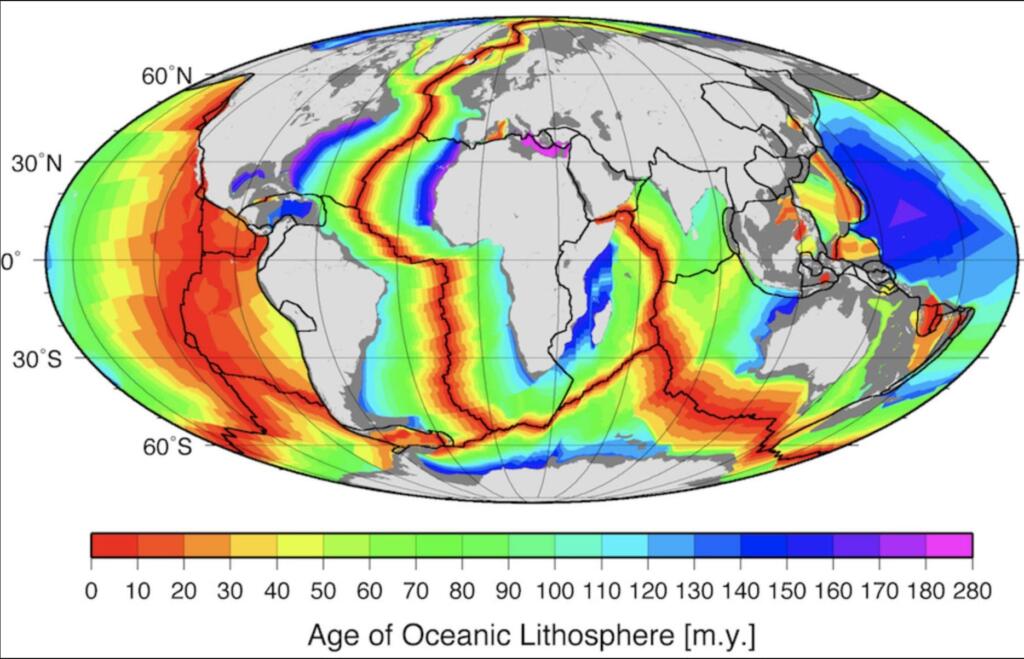
The results in the WVZ are somewhat surprising. While the strong magnetic anomaly and the changed rift valley topography suggest a rather homogenous crustal fabric, the seismic results show the opposite. Crustal thickness varies by a factor of more than 100 per cent in the seismic record sections.
The question of whether oceanic crust exists along some segments is difficult to answer using the seismic data of this study. The resolution of the ‘crustal’ velocity structure is not sufficient. Only secondary arrivals provide some constraints, along with Pn refractions, on the velocity structure. For solving problems like this, the receiver has to be positioned on the seafloor, and the seismic source has to be towed close to the seafloor. With current techniques, this is impossible in the Arctic Ocean.
Finally, models predicting a decrease in crustal thickness with spreading velocities are generally reliable. For these models, however, the Gakkel Ridge is a singularity, where the assumption no longer applies. Although the spreading velocity decreases towards the east, the crustal thickness does not decrease with it, but is controlled by magmatic activity along the ridge.

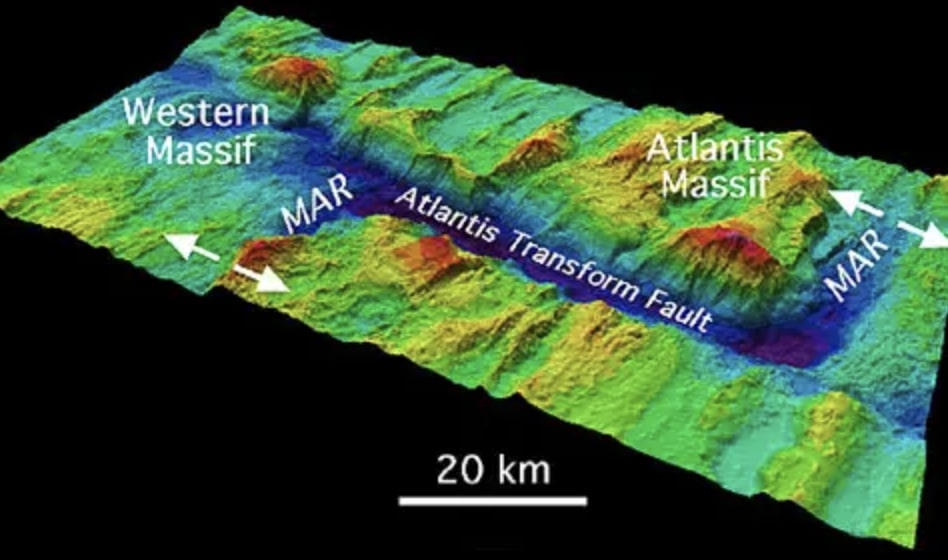


Brian Wang is a Futurist Thought Leader and a popular Science blogger with 1 million readers per month. His blog Nextbigfuture.com is ranked #1 Science News Blog. It covers many disruptive technology and trends including Space, Robotics, Artificial Intelligence, Medicine, Anti-aging Biotechnology, and Nanotechnology.
Known for identifying cutting edge technologies, he is currently a Co-Founder of a startup and fundraiser for high potential early-stage companies. He is the Head of Research for Allocations for deep technology investments and an Angel Investor at Space Angels.
A frequent speaker at corporations, he has been a TEDx speaker, a Singularity University speaker and guest at numerous interviews for radio and podcasts. He is open to public speaking and advising engagements.

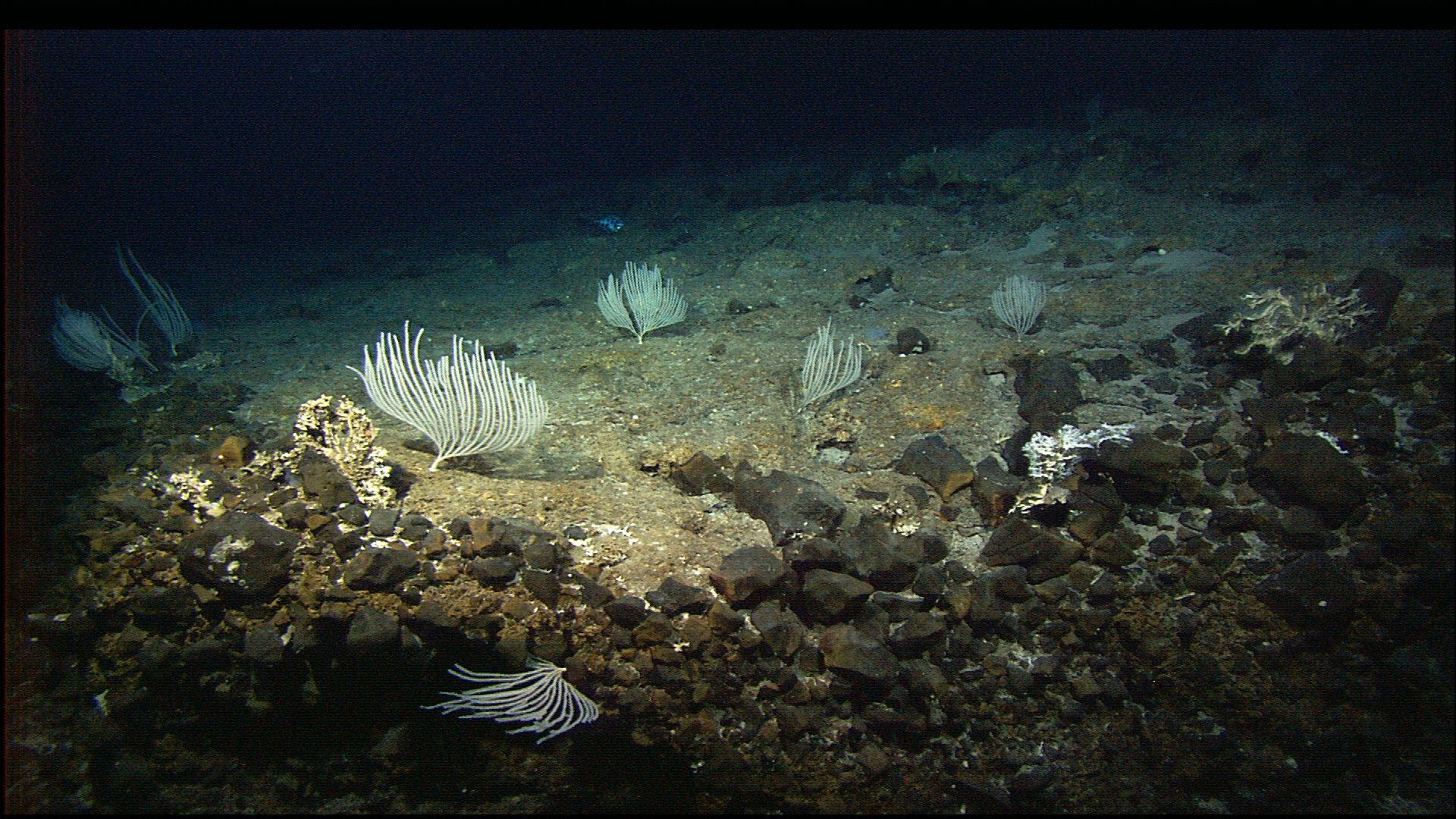
Hello Brian, by American / African tectonic interface is this North America or South America. I am assuming it’s the latter as the sections generally east of the Caribbean plate are considered to be the Atlantic plate.